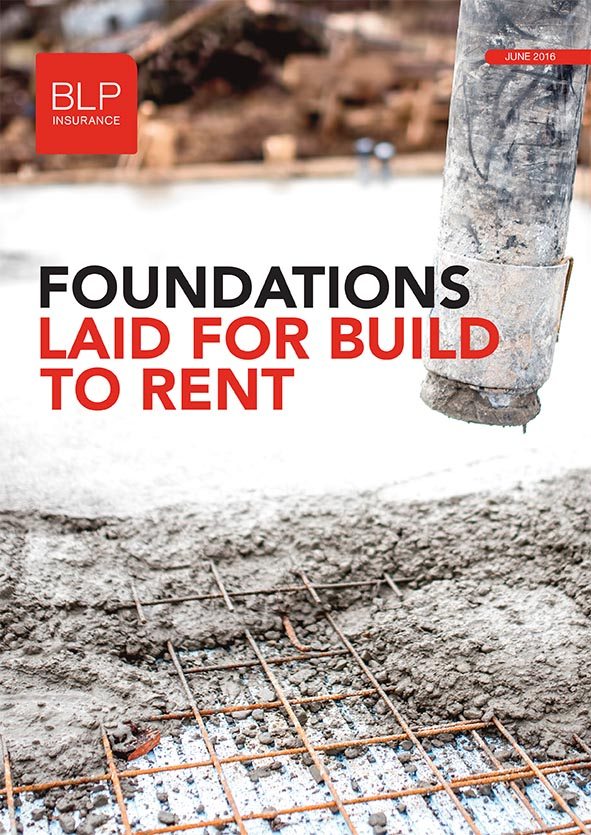The UK’s housing shortage is not a new issue. According to data published by the National Association of Estate Agents (NAEA) earlier this year, the demand for homes now outstrips supply by ten to one, meaning that for each property on the market there are 10 potential buyers. The situation is particularly difficult for first-time buyers, who simply don’t have the opportunity to step onto the property ladder.
The housing industry is not in denial of the situation and in recent years key market participants have tried to offer solutions to bridge the huge gap between demand and supply, with the proposal of new regulations and the introduction of key government initiatives. But one solution in particular seems to have brought the industry together. Although initially received with significant market scepticism, the industry is now embracing build to rent as the way forward.
Build to rent – From theory to practice
Build to rent has now moved from theory to practice and has started to grow in maturity as an independent sector in its own right within the property industry. Investors, developers and advisers are making build to rent happen and customers are set to benefit from this momentum.
Young professionals, couples and families are increasingly turning to the sector due to its flexibility and the elevated costs associated with purchasing a home. Younger people and key workers, or ”generation rent” as they are now known, should be given priority, as they are used to renting through university or their early career and are more likely to continue doing so as they continue their adult life. By focusing on this group, the industry can create young professional communities and better manage those issues presented by social engineering of the past.
Here, Kim Vernau of BLP Insurance examines the build to rent market and what support is on offer.



